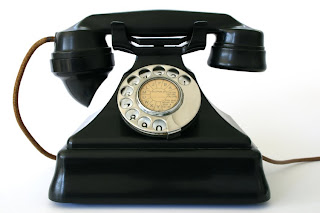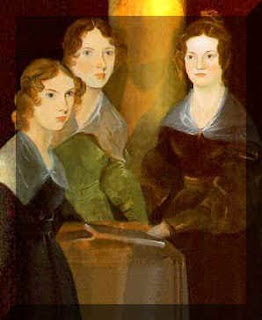Timmi Duchamp on representing history in fiction, particularly using real historical personages in fiction. Here’s Part Two.
Are novelists entitled to use real-world characters? by Guy Gavriel Kay, an essay for The Guardian that’s linked from the above post.
This also brings to mind Real Person Fiction, which is not at all a new practice – for example, the Brontë juvenalia includes historical figures and variations thereof.
How about Reverse Historical Fiction? (via Creating Van Gogh) “[Shumaker]’s story is an epistolary one in which a literature professor describes the troubled history of a (deceased) colleague’s doctoral dissertation, one that the colleague was forced to drop. The long and short of it is that while a graduate student, this man discovered that Huckleberry Finn was no fictitious character but a real person who wrote down his life story and gave it to Samuel Clemens, merely hoping for assistance in getting the memoir published.”
And these sound interesting as well: The Secret Diaries of Charlotte Bronte and The Lost Memoirs of Jane Austen
by Syrie James.

I haven’t read either of those books yet, so here’s a review of The Secret Diaries of Charlotte Bronte at the BronteBlog. Review of The Lost Memoirs of Jane Austen at Bookstack.
Here’s another interesting post: Redefining Historical Fiction, Amazon-style at Reading the Past.
Then there’re cartoon characters of a real person that take on a life of their own, in this post from Henry Jenkins, back in April 2008: My Life as a Cartoon Character.
Sometimes, the details of reality just won’t work, no matter how hard you try. 2D Goggles: The Style Edition.
And on a completely different note, How Being a Theater Geek Improved My Writing by Barbara Barnett.
